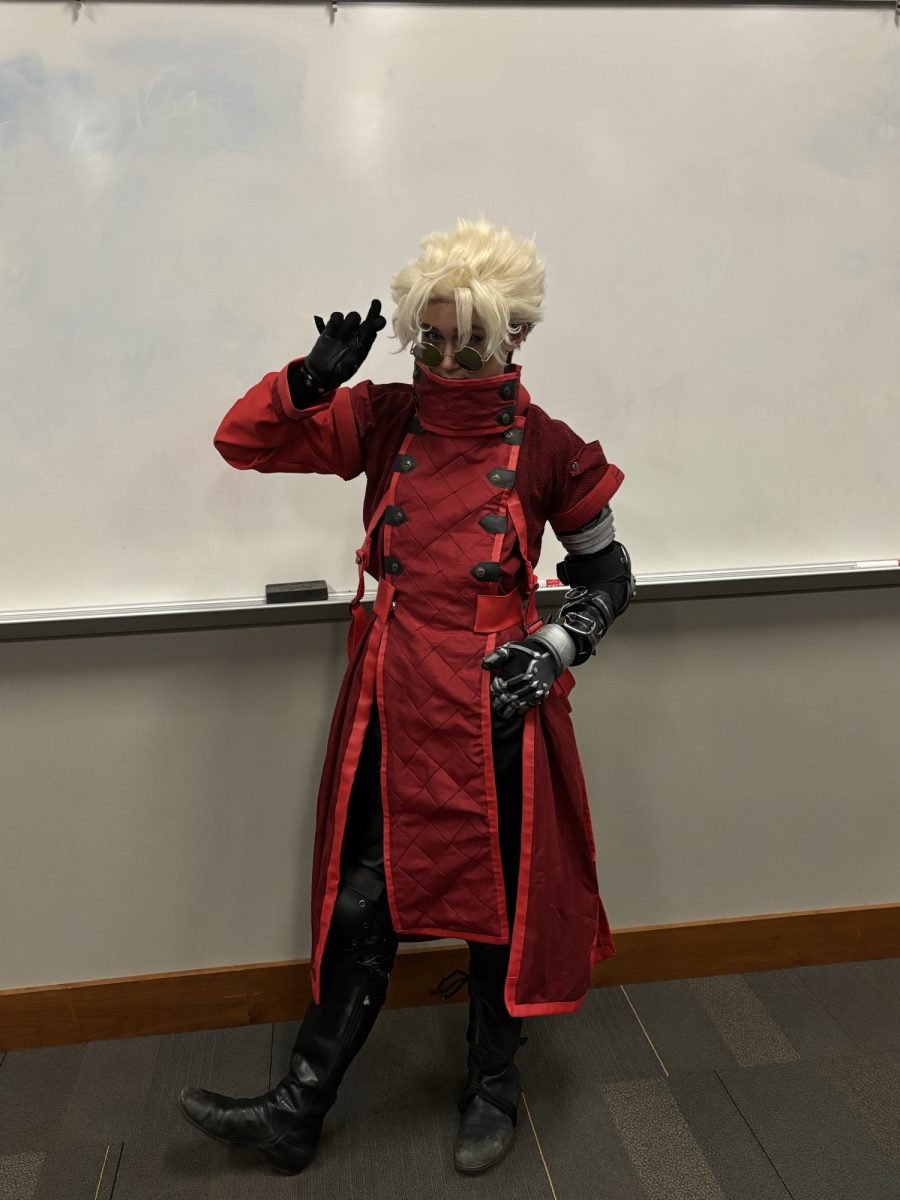When New Orleans was established in 1718, Mardi Gras was celebrated not with elaborate parades and bead-throwing, but with elegant balls and parties. Though times have changed since the 1700s, annual celebrations of Mardi Gras are still going strong in many areas of the U.S.
The meaning behind Mardi Gras has changed over the centuries as well, and even today, it holds different meanings for different people, but one thing has remained consistent. The spirit of celebration and having a good time with friends and family remains alive and well.
Senior hotel, restaurant and tourism major Sabrina Darby is from Slidell, Louisiana, the state where many consider the biggest and best Mardi Gras celebrations to originate from.
Darby said she celebrates Mardi Gras back home in Slidell by eating king cake and attending parades.
“I celebrate with my friends and family,” Darby said. “We all love to see who can catch the most beads, stuffed animals and wackiest trinkets.”
Being from Louisiana, Darby said the wild festivities no longer faze her.
“It’s a normal thing in Louisiana, Darby said. “We have parades all the time, so Mardi Gras is pretty normal for me.”
Despite the normalcy of the festivities for most Louisiana residents, there are still some unconventional ways of celebrating.
“The weirdest Mardi Gras celebration I heard was a parade where everyone dressed up in onesies at night,” Darby said. “I don’t plan on going to that parade.”
Brook Chambliss, senior business administration major, said she celebrates Mardi Gras with her family as well.
“Usually, we all go watch parades, eat a great dinner and definitely enjoy the nightlife,” Chambliss said. “Recently, New Orleans has been our go-to place for Mardi Gras festivities.”
Though she said Mardi Gras is not a religiously significant holiday to her, Chambliss said she wants to be respectful of its history.
“I want to make sure I remain respectful and understanding of the religious background Mardi Gras has,” Chambliss said.
Mardi Gras is also known as “Fat Tuesday.” It takes place beginning on, or after, the Christian feasts of Three Kings Day. Mardi Gras lasts until the day before Ash Wednesday.
Mardi Gras dates back to 133 B.C. The holiday’s earliest origins can be traced back to an ancient Roman pagan celebration. Its purpose then was simply to celebrate spring and fertility. Over time, Mardi Gras evolved into what it is today.
Traditionally ethnic French cities in the U.S. today hold spectacular celebrations during the Carnival season. Probably the most well-known of these cities is New Orleans, but Mobile, Alabama, also participates in a notable observance of the Mardi Gras holiday.
Junior art major Ashur Smith said he celebrates the holiday with friends. Smith said the strangest Mardi Gras tradition he had heard of was people throwing coconuts instead of beads at parades.































